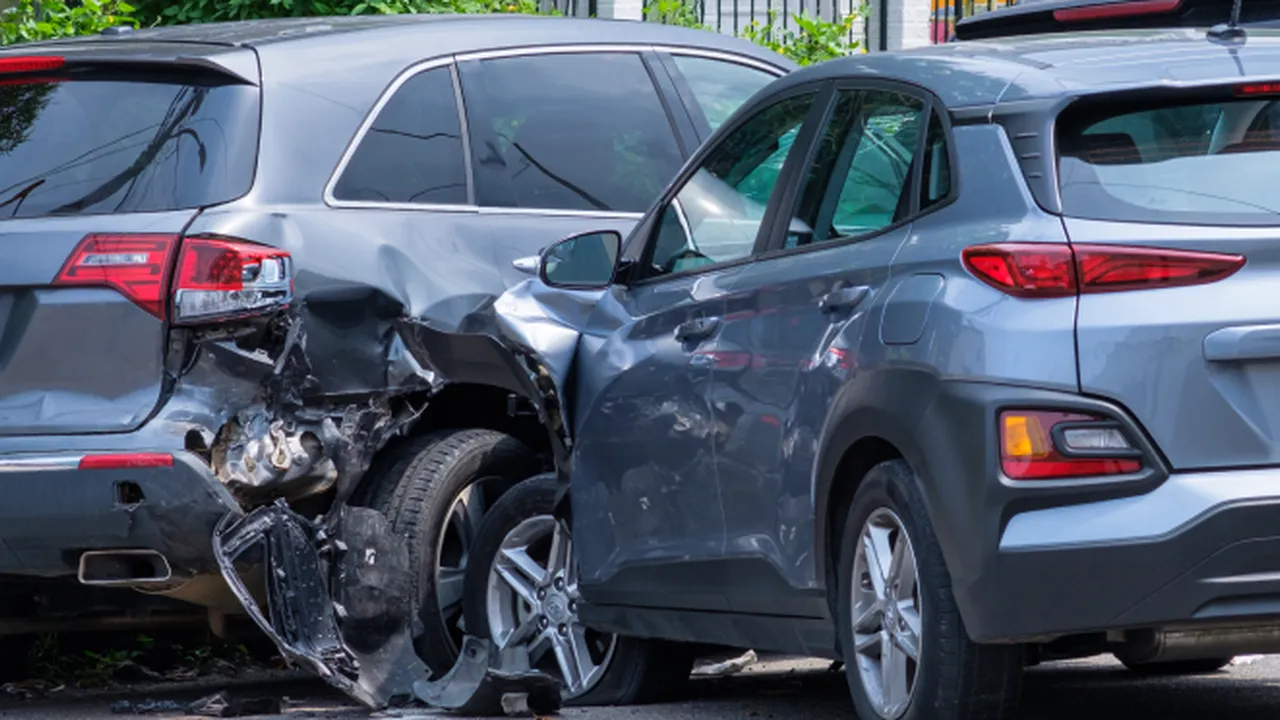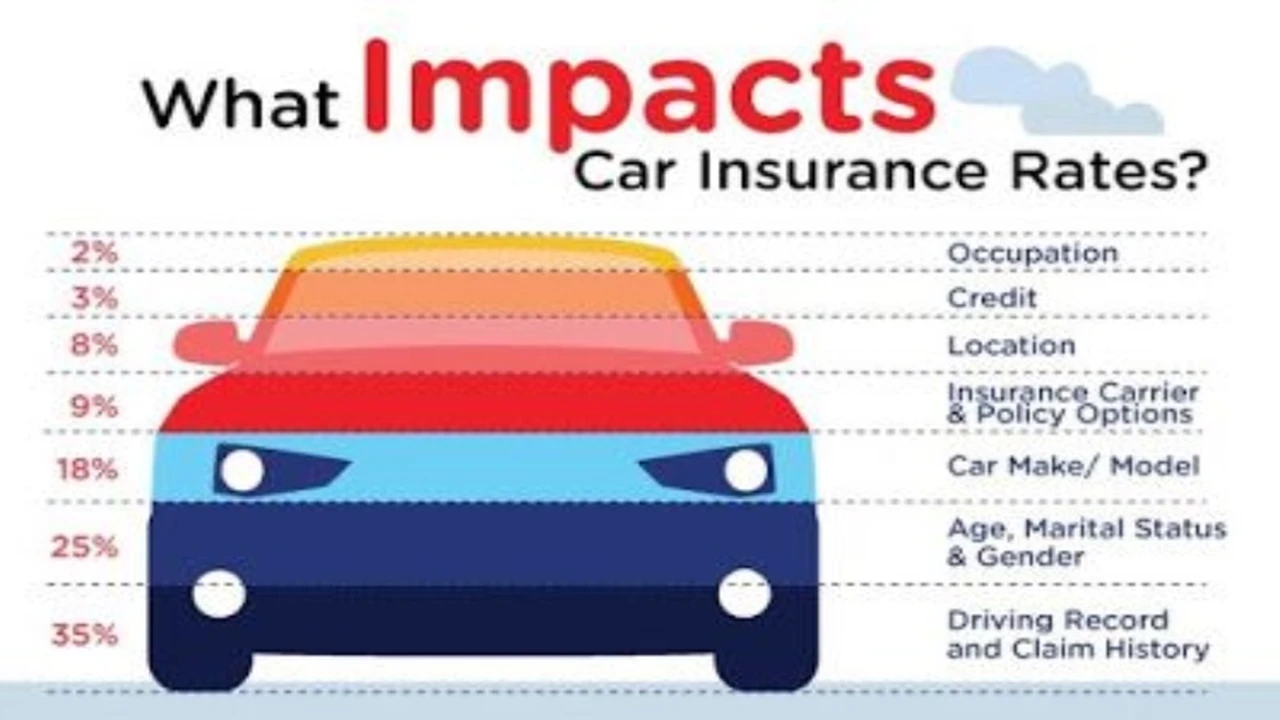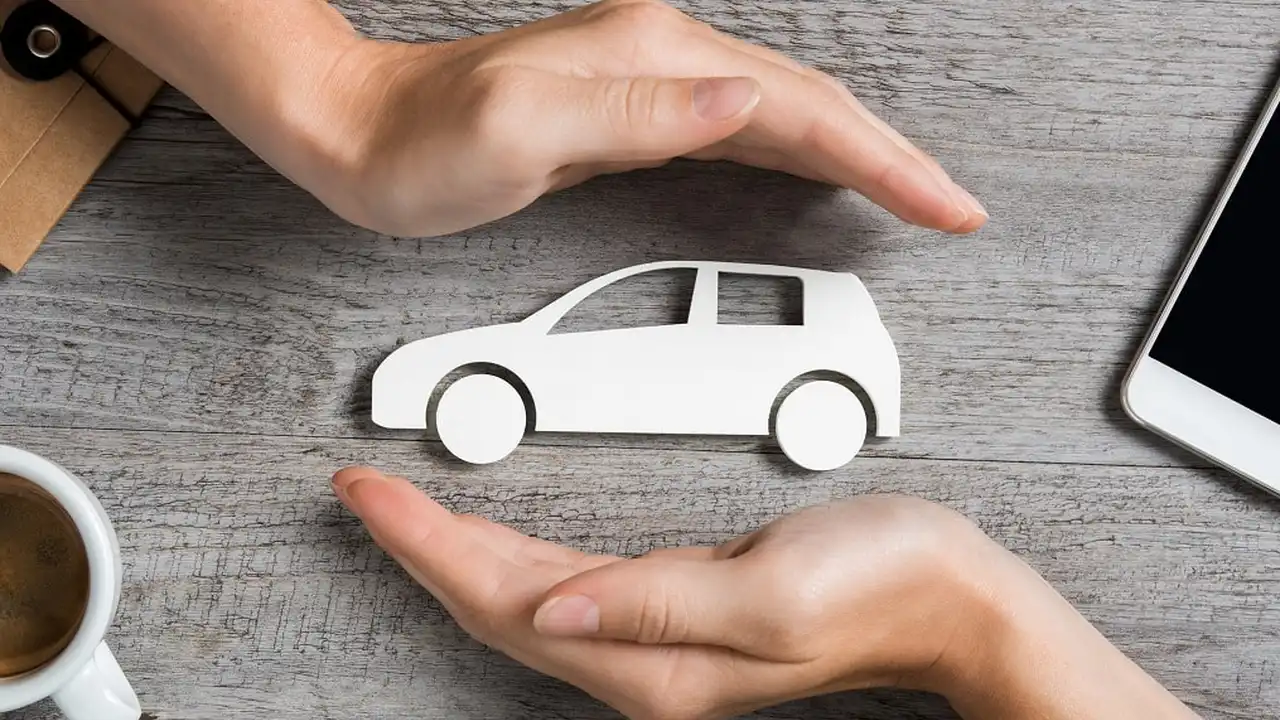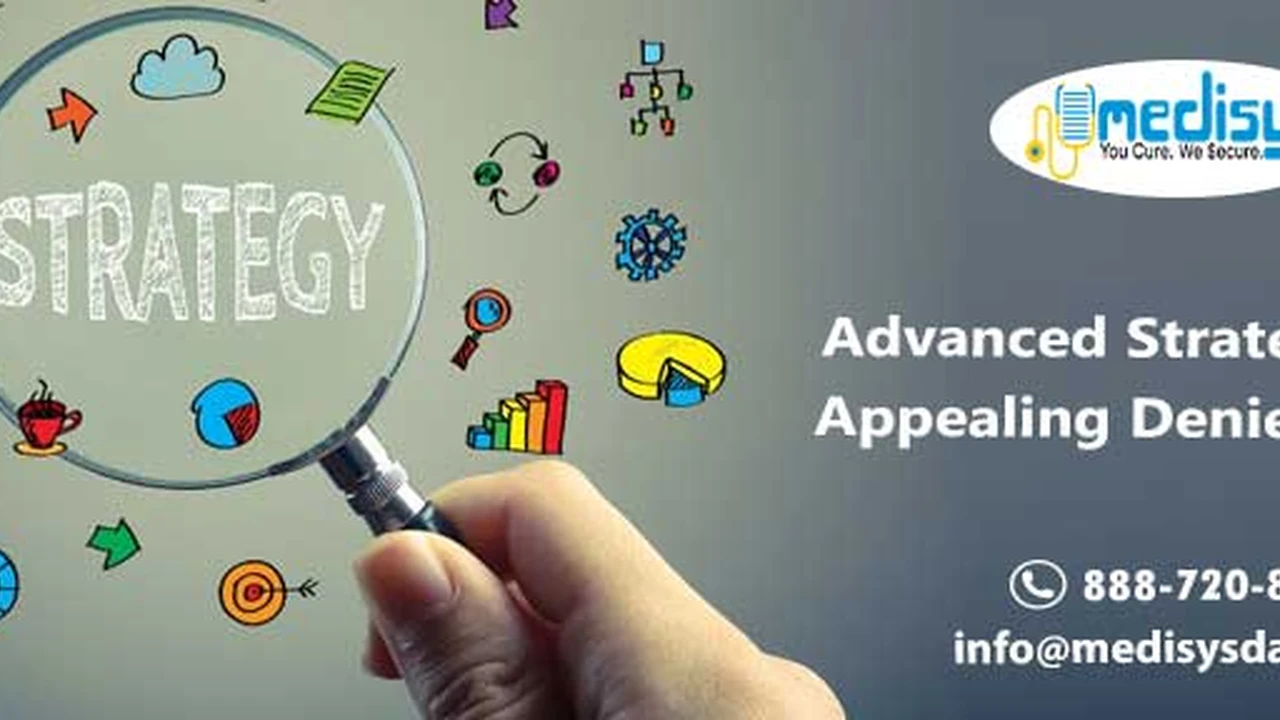Avoiding Lapses in Coverage: Maintain Continuous Insurance

Understanding the Importance of Continuous Car Insurance Coverage
Alright, let's talk about something super important when it comes to car insurance: keeping it continuous. Think of it like this – you wouldn't want to suddenly stop paying your mortgage and expect to keep your house, right? Same deal with car insurance. A lapse in coverage, even for a day, can cause major headaches and potentially empty your wallet faster than you can say "deductible."
So, why is continuous coverage such a big deal? Well, for starters, it's often the law. Most states require you to maintain continuous liability coverage on your vehicle. If you get caught driving without insurance, you could face fines, license suspension, or even have your car impounded. And trust me, those fees add up quick!
But even if it wasn't the law, avoiding lapses is just plain smart. Imagine this: you cancel your insurance because you're going on vacation for a month. During that month, someone breaks into your garage and steals your car. Guess what? Your insurance won't cover it because you didn't have an active policy at the time. Ouch!
The Financial Fallout of a Car Insurance Lapse: Higher Premiums and More
Okay, let's dive into the nitty-gritty of why a lapse in car insurance can seriously mess with your finances. The biggest hit you'll likely take is in the form of higher premiums when you try to get insured again. Insurance companies see a gap in coverage as a red flag. They figure you're a higher risk because maybe you're not as responsible or you're more likely to drive without insurance (and potentially get into an accident). This perceived risk translates directly into higher rates. We're talking potentially hundreds of dollars more per year, depending on the length of the lapse and the insurance company.
And it’s not just the higher premiums you need to worry about. Some insurance companies might even refuse to insure you altogether after a significant lapse in coverage. This can leave you scrambling to find a company that will take you, and those companies often charge even higher rates than the ones who are just increasing your premium. You might end up with a "non-standard" insurance policy, which is typically more expensive and offers less comprehensive coverage.
Another thing to consider is that a lapse in coverage can affect your credit score. While not directly, it can indirectly impact it. If you get into an accident while uninsured and are found at fault, you'll be personally liable for the damages. If you can't pay those damages, you could be sued, and that lawsuit could end up on your credit report, tanking your score. Plus, if you financed your car, the lender will likely require you to maintain continuous insurance coverage. If you lapse, they could repossess the vehicle.
Common Reasons for Car Insurance Lapses and How to Prevent Them
So, what are the common culprits behind car insurance lapses? And more importantly, how can you avoid them? Let's break it down:
- Moving to a new state: This is a big one. When you move, your old policy might not be valid in your new state. Don't wait until the last minute! Start researching insurance options in your new location well before you move. Contact your current insurer to see if they offer coverage in the new state or if they can recommend a reputable company.
- Forgetting to pay your premium: Life gets busy, and it's easy to forget a bill. Set up automatic payments! Most insurance companies offer this option, and it's a lifesaver. If you prefer to pay manually, set reminders on your phone or calendar. Also, make sure your payment information is up-to-date with your insurance company. Expired credit cards or incorrect bank account details can lead to missed payments and a lapse in coverage.
- Selling your car and forgetting to cancel the policy: Sounds silly, right? But it happens! As soon as you sell your car, contact your insurance company to cancel the policy. Don't assume it will automatically cancel itself. Get confirmation of the cancellation in writing.
- Thinking you don't need insurance because you're not driving: Even if your car is parked in your garage and you're not using it, you still need insurance. Things can happen – fire, theft, vandalism. If you're not using the car for an extended period, consider suspending your coverage (if your insurance company offers this option) instead of canceling it altogether. Suspension will keep your history continuous.
- Financial hardship: Times get tough, and sometimes insurance is the first thing people cut back on. Before you cancel your policy, talk to your insurance company. They might be able to offer you a lower rate, a different payment plan, or a discount. You can also shop around for a cheaper policy from another company. Don't just cancel without exploring your options.
Comparing Car Insurance Products After a Lapse: Finding the Best Coverage at the Right Price
Okay, so you've had a lapse. Don't panic! It's not the end of the world. You can still get insured. The key is to shop around and compare different insurance products to find the best coverage at the right price. Here's what you need to consider:
- Liability Coverage: This is the most basic type of coverage, and it's legally required in most states. It covers damages you cause to other people or property in an accident. Make sure you have enough liability coverage to protect your assets. Don't just go for the minimum required amount.
- Collision Coverage: This covers damage to your own vehicle in an accident, regardless of who's at fault. If you have a newer car or a loan on your car, you'll likely need collision coverage.
- Comprehensive Coverage: This covers damage to your car from things other than accidents, such as theft, vandalism, fire, hail, or natural disasters.
- Uninsured/Underinsured Motorist Coverage: This protects you if you're hit by someone who doesn't have insurance or doesn't have enough insurance to cover your damages.
- Personal Injury Protection (PIP): This covers your medical expenses and lost wages after an accident, regardless of who's at fault.
Now, let's talk about some specific insurance products and companies. Keep in mind that prices and availability can vary depending on your location and driving history.
Progressive: Snapshot Program for Potential Savings
Progressive is a well-known insurance company that offers a variety of coverage options. One of their standout features is the Snapshot program, which tracks your driving habits and rewards safe drivers with discounts. This can be a great option if you're a careful driver looking to save money after a lapse in coverage. The Snapshot device plugs into your car's OBD-II port and monitors things like hard braking, speeding, and nighttime driving. The data is then used to calculate your discount. Progressive is generally considered to be competitively priced, especially for drivers with good records. A basic liability-only policy might start around $50 per month, while a full coverage policy could be closer to $150 per month or more, depending on your vehicle and coverage limits.
State Farm: Strong Customer Service and Local Agents
State Farm is another major player in the insurance industry, and they're known for their strong customer service and network of local agents. This can be a big advantage if you prefer to talk to someone in person or if you need help understanding your policy. State Farm also offers a variety of discounts, such as discounts for safe driving, good grades (for students), and multiple policies. Their rates are generally competitive, but they might be slightly higher than some of the online-only companies. Expect to pay around $60-$80 per month for a basic liability policy and $160-$200+ for full coverage.
Geico: Budget-Friendly Option with Online Convenience
Geico is often considered one of the most budget-friendly insurance options, especially for drivers with clean records. They're also known for their online convenience, making it easy to get a quote, manage your policy, and file a claim online. Geico offers all the standard coverage options, as well as some unique features like a "mechanical breakdown insurance" policy that covers repairs to your car's mechanical parts. Geico's rates are typically very competitive, with basic liability policies starting as low as $40 per month and full coverage policies around $120 per month. However, their customer service can sometimes be less personalized than companies like State Farm.
The General: High-Risk Drivers Welcome
If you've had a significant lapse in coverage or have a less-than-perfect driving record, The General might be a good option to consider. They specialize in insuring high-risk drivers, and while their rates might be higher than some other companies, they're often willing to work with drivers who have been turned down elsewhere. Be prepared to pay a premium for this convenience. A basic liability policy with The General could cost you $80-$120 per month, and full coverage could easily exceed $200 per month.
Comparing Features and Prices: A Quick Guide
To help you make a decision, here's a quick comparison of the companies mentioned above:
| Company | Pros | Cons | Estimated Price (Basic Liability) | Estimated Price (Full Coverage) |
|---|---|---|---|---|
| Progressive | Snapshot program, competitive prices | Snapshot requires monitoring, customer service can be variable | $50/month | $150/month |
| State Farm | Strong customer service, local agents | Might be slightly more expensive than online-only companies | $60-$80/month | $160-$200+/month |
| Geico | Budget-friendly, online convenience | Customer service can be less personalized | $40/month | $120/month |
| The General | Insures high-risk drivers | Higher prices | $80-$120/month | $200+/month |
Disclaimer: These prices are estimates only and can vary significantly depending on your individual circumstances. Always get a quote from multiple companies before making a decision.
Tips for Finding Affordable Car Insurance After a Lapse
Okay, so you know the companies, you know the coverage options, but how do you actually get the best deal after a lapse? Here are some tips:
- Shop around: Get quotes from multiple insurance companies. Don't just settle for the first quote you get.
- Compare apples to apples: Make sure you're comparing the same coverage limits and deductibles when you get quotes.
- Increase your deductible: A higher deductible will lower your premium, but you'll have to pay more out of pocket if you have an accident.
- Look for discounts: Ask about discounts for safe driving, multiple policies, good grades, and other factors.
- Improve your credit score: A better credit score can lead to lower insurance rates.
- Consider a usage-based insurance policy: If you don't drive much, a usage-based insurance policy could save you money. These policies track your mileage and charge you based on how much you drive.
:max_bytes(150000):strip_icc()/277019-baked-pork-chops-with-cream-of-mushroom-soup-DDMFS-beauty-4x3-BG-7505-5762b731cf30447d9cbbbbbf387beafa.jpg)






